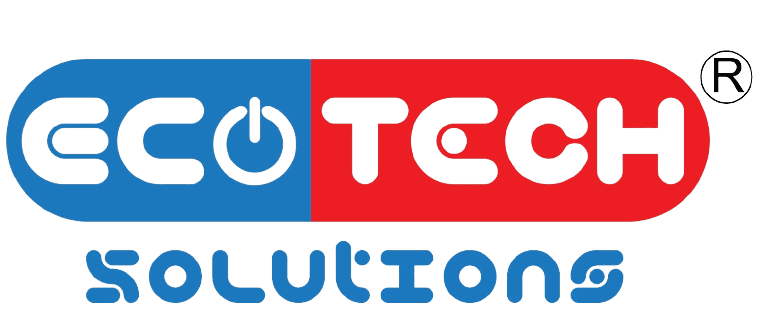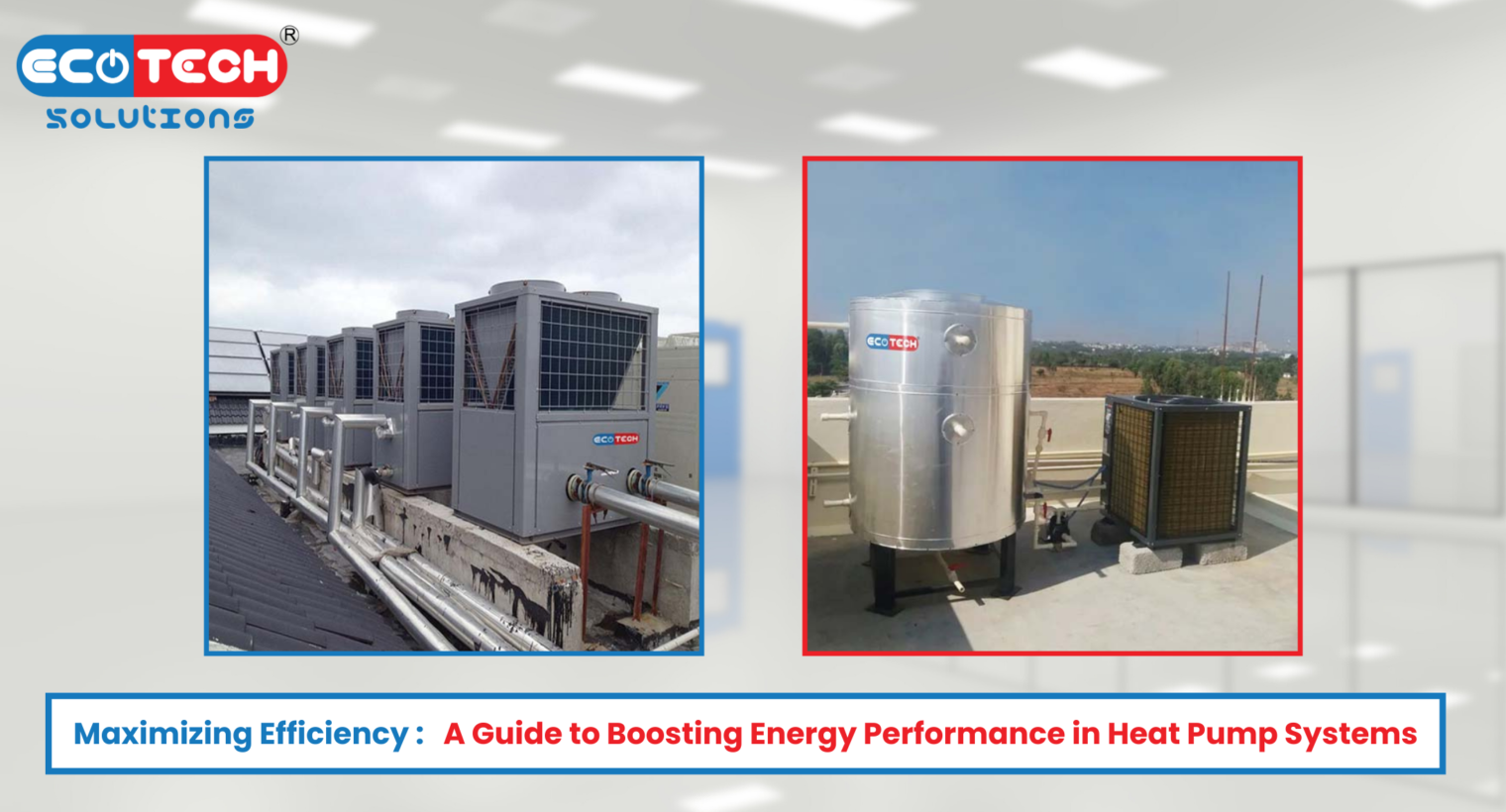In the effort to achieve of sustainable living, boosting the efficiency of your heat pump system is a critical step. Heat pumps are a popular choice for domestic heating and cooling because of their energy efficiency, but there are methods to improve their performance even more. In this detailed guide, we will look at practical strategies and recommendations for keeping your heat pump running at optimal performance while lowering energy usage and environmental effect.
How Heat Pumps Work
Before discussing how to optimize energy efficiency, let’s take a quick look at how heat pumps work. HVAC systems that are adaptable and capable of providing both heating and cooling are heat pumps. They are far more energy-efficient than conventional heating and cooling systems because they operate by moving heat from one location to another rather than creating it.
Heat pumps, unlike conventional furnaces and air conditioners, use thermodynamic principles to create warmth or cool air. In heating mode, they draw heat from the outside air or ground and transfer it indoors. In contrast, in cooling mode, they extract heat from within and discharge it outside. This innovative heat transfer method not only makes heat pumps extremely effective, but it also allows them to function in a variety of conditions, offering year-round comfort while using less energy. Understanding this fundamental principle lays the framework for boosting performance and increasing overall energy economy.
Understanding Heat Pump Efficiency
Before we delve into optimization strategies, let’s establish a foundational understanding of how heat pump efficiency is measured. The Coefficient of Performance (COP) is a key metric, representing the ratio of heat output to energy input. The higher the COP, the more efficient the heat pump. With this in mind, let’s explore strategies to enhance efficiency and make your heat pump work smarter.
Regular Maintenance
The basis of a high-performing heat pump system is routine maintenance. Efficiency can be harmed over time by wear and tear, dirt, and dust. Schedule professional service at least once a year, and clean or change air filters on a regular basis. An appropriately maintained system runs more efficiently, using less energy and increasing the life of your heat pump.
Optimal Temperature Settings
Fine-tuning your thermostat settings can significantly impact energy efficiency. During the winter, set your thermostat to the lowest comfortable temperature, and during the summer, aim for the highest. Even a one-degree adjustment can result in noticeable energy savings. Consider investing in a programmable thermostat to automatically adjust temperatures based on your daily routine, optimizing energy usage without sacrificing comfort.
Sealing and Insulation
The efficiency of your heat pump is closely tied to the insulation and sealing of your home. Inspect doors, windows, and walls for gaps, and use weather-stripping or caulking to seal any leaks. Proper insulation ensures that conditioned air stays inside, reducing the workload on your heat pump. This not only enhances efficiency but also contributes to a more comfortable indoor environment.
Utilize Energy-Saving Modes
Most modern heat pumps come with energy-saving modes. Use these modes to automatically adjust temperature settings when you’re away or asleep, reducing energy consumption.
Upgrade to a High-Efficiency Model
If your heat pump is showing signs of aging, upgrading to a modern, high-efficiency model can be a game-changer. Newer units often come equipped with advanced technologies, improved COP ratings, and enhanced features that contribute to overall energy savings. While the upfront cost may be a consideration, the long-term savings and reduced environmental impact make it a wise investment in your home’s energy future.
Upgrading to an EcoTech’s heat pump that utilizes cutting-edge technology for maximum efficiency and features variable-speed compressors and smart controls, is a crucial step in the pursuit of an energy-efficient home. To achieve peak performance, incorporate tips like regular maintenance, thoughtful temperature settings, and proper sealing.


